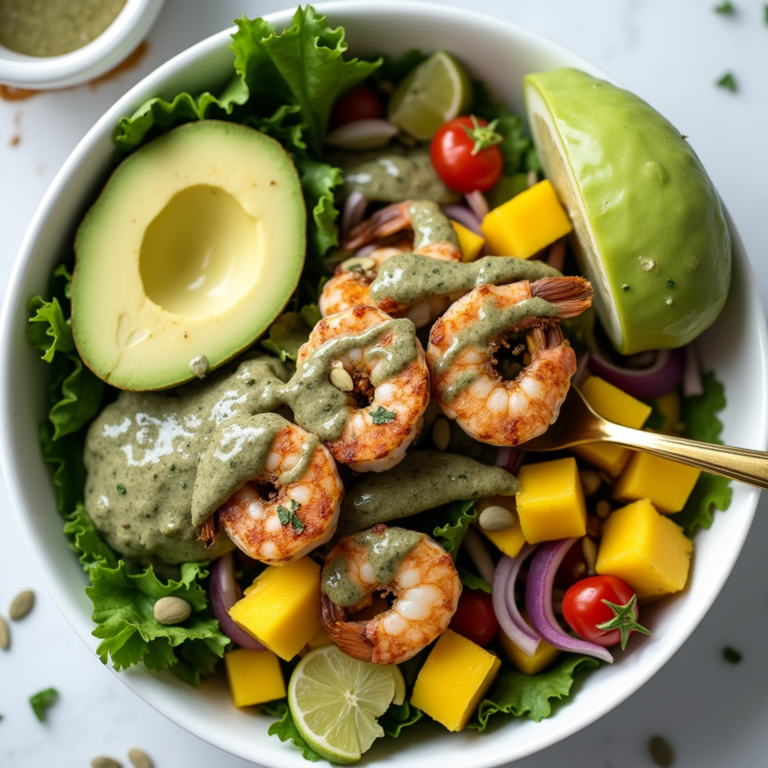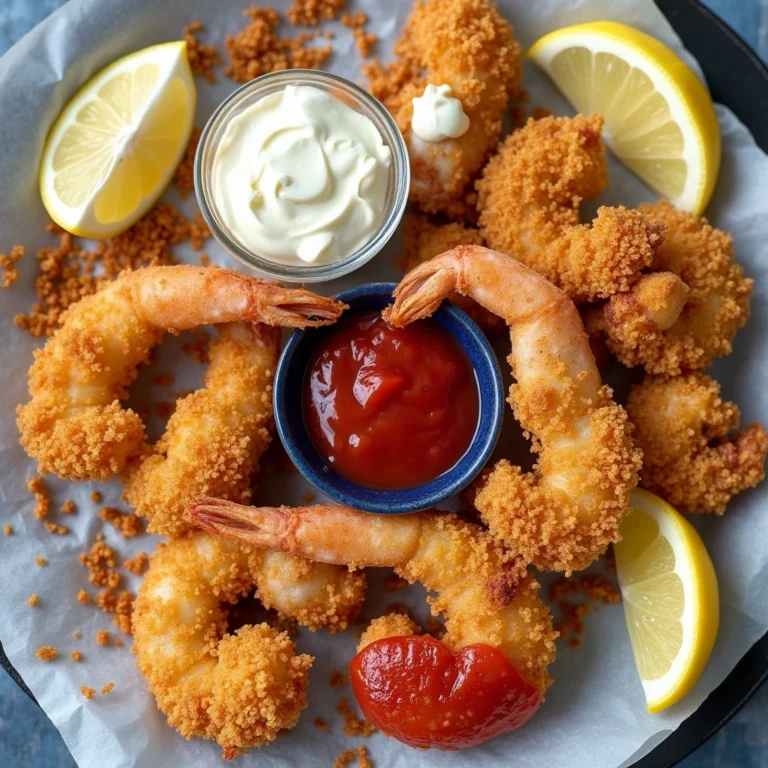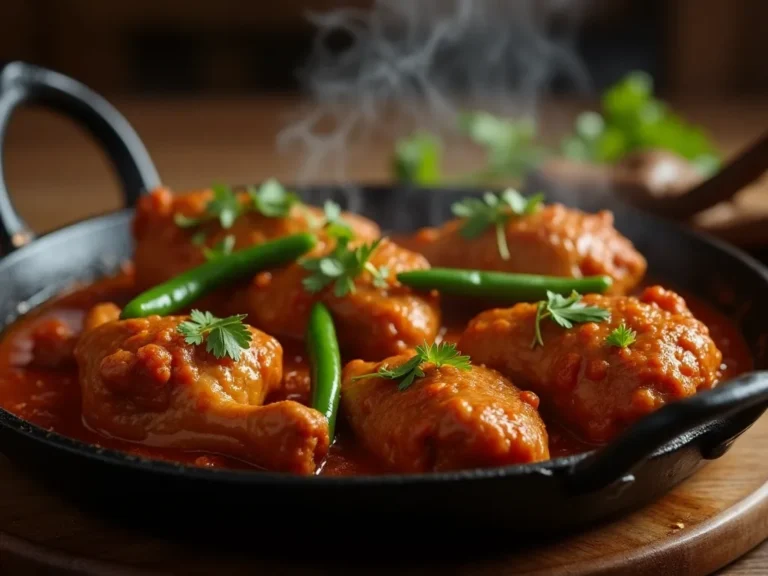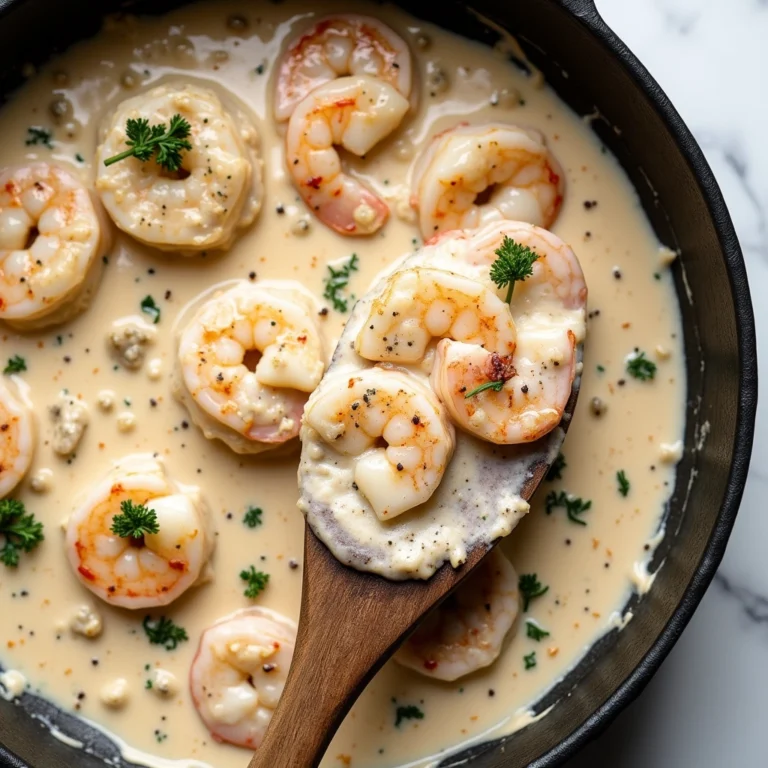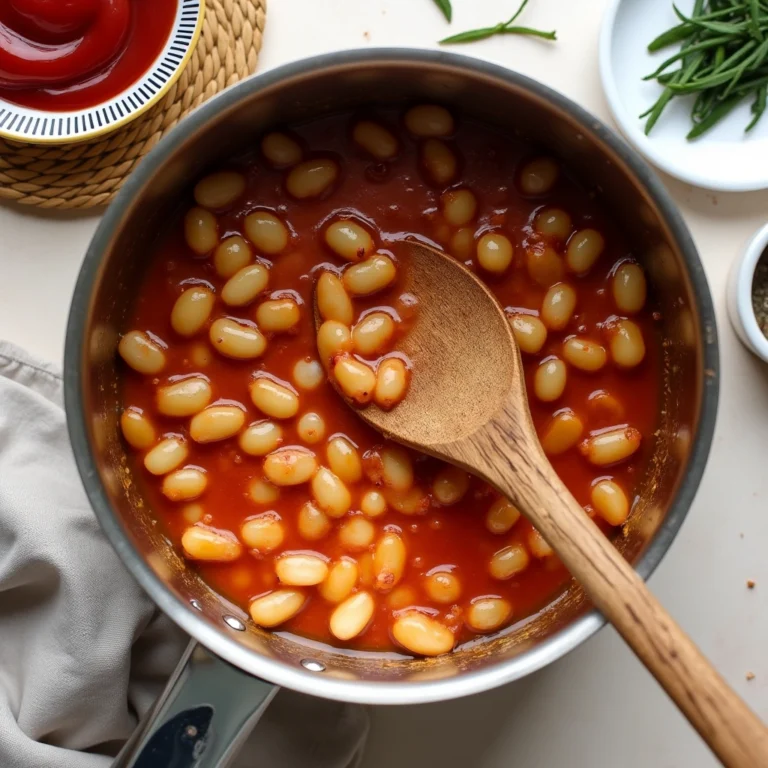Delmonico Steak Recipe: The Best Juicy Steak Guide (2025)
Delmonico steak recipe made easy! Learn how to cook the juiciest, most flavorful steak with this step-by-step guide. Perfect every time.
Choosing the Right Cut for Delmonico Steak
Recommended Cuts Labeled as “Delmonico”
When you hear “Delmonico steak,” it’s easy to think of a single, well-defined cut. But here’s the twist: there’s no one-size-fits-all answer. The term “Delmonico” doesn’t refer to a specific cut of meat—it actually varies by region, butcher, and even restaurant.
Originally coined by the legendary Delmonico’s restaurant in New York during the 1800s, the term described a luxurious, thick-cut steak, prepared and served in a signature style. Today, depending on where you shop, the following cuts are often sold under the Delmonico steak name:
| Cut Name | Description | Texture & Flavor |
|---|---|---|
| Ribeye | Boneless or bone-in, known for marbling | Juicy, rich, and tender |
| Chuck Eye | Close to ribeye but more affordable | Beefy, tender when cooked well |
| Strip Loin (NY Strip) | Leaner with good marbling | Firm, flavorful bite |
| Top Loin | Similar to strip loin, but may include bone | Balanced fat and tenderness |
| Sirloin | Leaner, less marbled | Slightly firmer, beefy flavor |
Pro Tip: If you’re after a classic Delmonico-style experience, go with a bone-in ribeye, at least 1.5 to 2 inches thick. That thickness gives you the room to get that beautiful sear on the outside while keeping the center juicy and tender.
How to Select the Perfect Steak at the Butcher or Store
Choosing the right steak is the foundation of this dish. Here’s what to look for to make sure you’re getting the best cut for your Delmonico steak recipe:
1. Marbling is Key
Look for visible white streaks of fat running through the muscle. This intramuscular fat (marbling) melts during cooking, keeping the steak juicy and adding deep flavor.
2. Thickness Matters
Stick to steaks that are at least 1.5 inches thick. Thinner cuts are harder to cook evenly and can dry out quickly.
3. Avoid Pre-Packaged Cuts (If Possible)
If you have access to a butcher, opt for freshly cut steaks. You can specifically ask for a Delmonico-style ribeye or chuck eye cut to your desired thickness.
4. Check the Color and Texture
Bright red meat with creamy white fat is a good indicator of freshness. Avoid grayish or overly soft cuts.
5. Know Your Source
When possible, choose USDA Prime or Certified Angus Beef. These grades ensure higher marbling and consistent quality—ideal for any premium Delmonico steak recipe.
For a flavor twist, consider serving it with a rich dipping sauce like the one featured in this classic quesadilla sauce recipe.
Ingredients You Need for the Best Delmonico Steak Recipe
Classic Ingredients for Traditional Flavor
The beauty of a true Delmonico steak recipe lies in its simplicity. A well-prepared cut of beef doesn’t need a lot of extras—just the right balance of seasoning and heat to bring out its natural flavors. Here’s a list of foundational ingredients to get you started:

| Ingredient | Quantity per Steak | Purpose |
|---|---|---|
| Delmonico-style steak (ribeye, chuck eye, or top loin) | 16 oz (1-inch thick or more) | The star of the recipe |
| Kosher salt | 1 ½ tsp | Draws out moisture and enhances flavor |
| Freshly ground black pepper | 1 tsp | Adds earthy heat |
| Garlic powder (optional) | ½ tsp | Deepens savory notes |
| Olive oil or avocado oil | 1 tbsp | High-heat searing and flavor |
| Unsalted butter | 2 tbsp | Rich basting during final cook |
| Fresh garlic cloves | 2 cloves (smashed) | Aromatic flavor while basting |
| Fresh rosemary or thyme | 2 sprigs | Herbal brightness while basting |
Chef’s Note: If using a particularly thick steak (2 inches or more), double the seasoning to ensure full flavor coverage.
Optional Herbs, Spices, and Marinades for Enhanced Taste
Want to take your Delmonico steak to the next level? These additions can elevate flavor profiles without overpowering the meat.
Dry Rub Mix (Alternative to Simple Salt & Pepper)
- 1 tsp smoked paprika
- 1 tsp onion powder
- ½ tsp cayenne pepper (for heat)
- ½ tsp ground mustard
- 1 tsp brown sugar (for caramelization)
Mix and rub into the steak 30 minutes before cooking.
Simple Steak Marinade (For 2 Steaks)
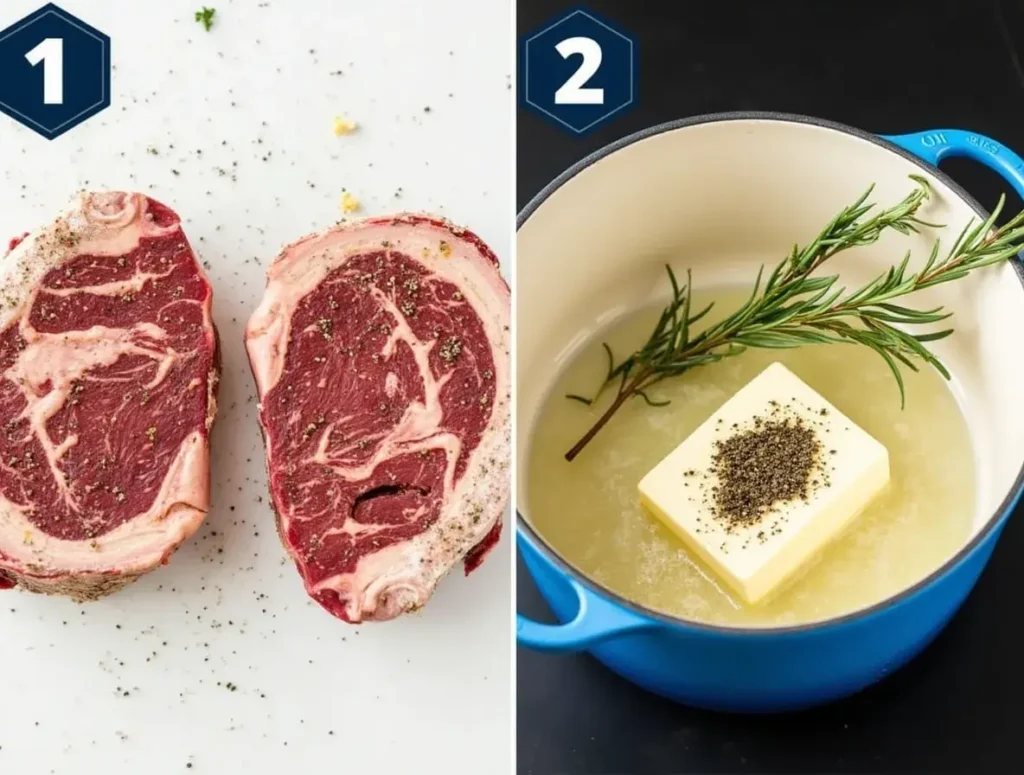
- ¼ cup soy sauce
- 2 tbsp Worcestershire sauce
- 2 tbsp olive oil
- 2 tsp Dijon mustard
- 2 cloves garlic (minced)
- 1 tbsp lemon juice or red wine vinegar
Let the steak marinate for 1 to 2 hours—never overnight, especially for rich cuts like ribeye, as it can break down the meat too much.
Compound Herb Butter (Perfect for Serving)
- 4 tbsp unsalted butter (softened)
- 1 tsp minced garlic
- 1 tsp chopped parsley or thyme
- Pinch of sea salt
- Mix and chill in the fridge, then place a slice on the steak after cooking.
These flavor boosters complement the steak’s natural juiciness without masking it. Whether you stick to salt and pepper or go full flavor bomb with a compound butter and rub, the result is a melt-in-your-mouth experience.
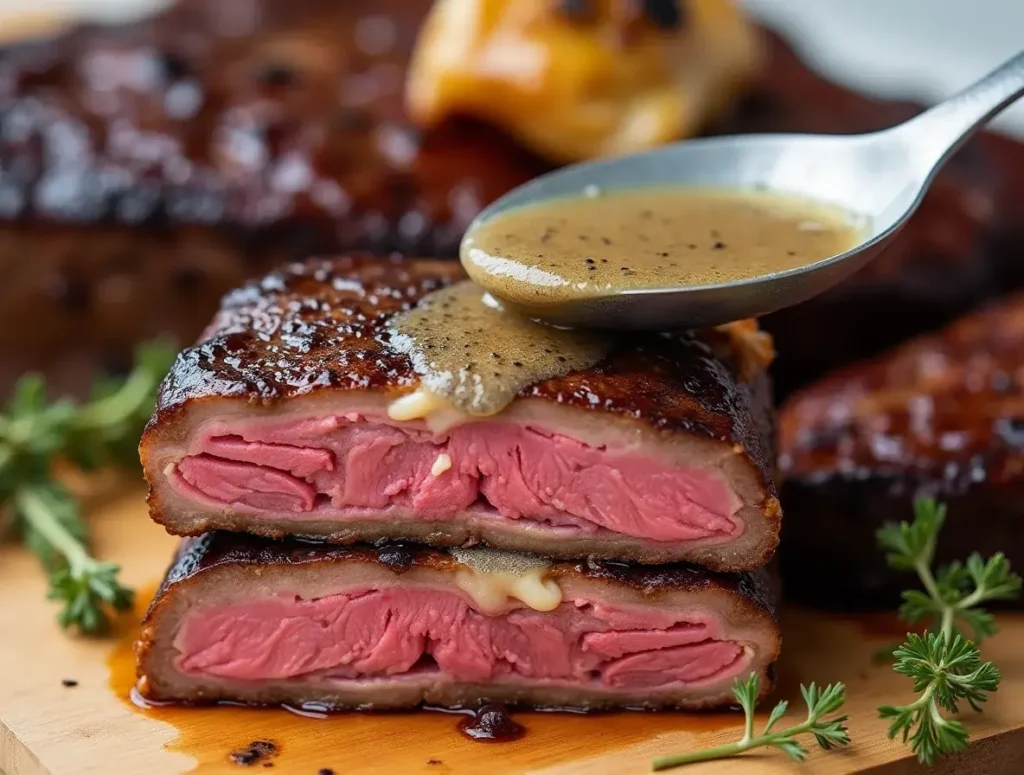
Need something dietitian-approved? Real Life Nutritionist offers a high-protein, customizable burger bowl with a healthy “big Mac” style dressing.
Cooking Times & Temperatures for Steak Doneness
Knowing the exact internal temperatures for steak doneness is what separates a good steak from a great one. Whether you like your Delmonico steak rare and juicy or well-done with a bit of char, this guide will help you hit the mark every time.
Internal Temperature Chart (Rare to Well-Done)
To make sure your Delmonico steak recipe is spot on, use an instant-read meat thermometer and aim for these internal temperatures:
| Doneness | Temperature (°F) | Color & Texture |
|---|---|---|
| Rare | 120–125°F | Cool red center, very soft texture |
| Medium-Rare | 130–135°F | Warm red center, soft and juicy |
| Medium | 140–145°F | Warm pink center, firm but moist |
| Medium-Well | 150–155°F | Slightly pink center, drier texture |
| Well-Done | 160°F+ | Little or no pink, fully cooked, firm |
Pro Tip: Always pull the steak off the heat 3–5°F before your target temperature. It will continue cooking while resting.
Estimated Cook Times by Thickness
While the exact time depends on your method (pan or grill), here’s a general timeline for a 1.5-inch thick Delmonico steak:
| Doneness | Pan-Searing (per side) | Total Time (Pan) | Grill Time (Direct + Indirect) |
|---|---|---|---|
| Rare | 2 mins | 4–5 mins | 2 + 2 mins, then rest |
| Medium-Rare | 3 mins | 6–7 mins | 3 + 2 mins, rest for 5 mins |
| Medium | 4 mins | 8–9 mins | 3 + 3 mins, rest for 6–7 mins |
| Medium-Well | 5 mins | 10–11 mins | 4 + 3 mins, rest for 8 mins |
| Well-Done | 6+ mins | 12–14 mins | 5 + 4 mins, rest for 10 mins |
These numbers assume your steak has come to room temperature before cooking and your skillet or grill is preheated properly.
If you’re a fan of savory beef dishes, you might also enjoy these recipes from the site:
- For something quicker but just as delicious, the ground beef quesadilla brings together tender beef and melty cheese in every bite.
- Want to balance your steak night with a seafood twist? This crunchy shrimp basket makes for a great surf-and-turf experience.
Tips to Avoid Overcooking or Undercooking
1. Use a Thermometer—Don’t Guess
Eyeballing steak doneness is risky, especially for thicker cuts like a Delmonico. A digital thermometer is your best friend.
2. Don’t Cook Cold Steak
A steak straight from the fridge takes longer to cook, leading to a burnt outside and underdone inside. Always let it rest at room temperature first.
3. Rest, Then Slice
Always rest the steak at least 5 to 10 minutes before slicing. This lets the juices redistribute and prevents dry meat.
4. Account for Carryover Cooking
The internal temp will rise a few degrees after removing it from heat. Plan ahead and pull the steak a bit early to avoid going past your target.
Sides and Sauces to Serve With Delmonico Steak
A steak this rich and flavorful deserves equally delicious accompaniments. Whether you’re aiming for a full dinner experience or just looking to impress with a classic pairing, these sides and sauces elevate your Delmonico steak recipe from satisfying to sensational.
Best Vegetables, Starches, and Salads
Pairing the right sides with a Delmonico steak balances the richness of the meat and enhances the whole meal. Here are top picks that work every time.
1. Garlic Mashed Potatoes
Creamy, buttery, and savory—this side is a steakhouse classic.
Ingredients:
- 2 lbs Yukon gold potatoes, peeled
- 4 tbsp unsalted butter
- ½ cup whole milk or cream
- 3 cloves garlic, roasted
- Salt and pepper to taste
Boil the potatoes until fork-tender, mash with roasted garlic, butter, and cream. Season to taste.
2. Grilled Asparagus or Broccolini
Crisp, charred vegetables add freshness and crunch. Toss with olive oil, salt, and pepper, then grill or roast until slightly browned.
3. Roasted Brussels Sprouts with Bacon
A perfect balance of savory, sweet, and smoky.
Tip: Add a splash of balsamic glaze for a touch of acidity that cuts through the steak’s richness.
4. Creamed Spinach
Silky and cheesy, this traditional side balances steak with its smooth texture.
5. Heirloom Tomato Salad
Brighten the plate with sliced heirloom tomatoes, red onion, basil, and a drizzle of olive oil and aged balsamic vinegar. It adds color and acidity.
Homemade Sauces and Compound Butters
A great sauce or butter isn’t there to cover up the flavor—it enhances it. Try one of these to add depth to your Delmonico steak.
1. Classic Red Wine Reduction
This steakhouse favorite delivers savory elegance.
Ingredients:
- 1 cup dry red wine
- ½ cup beef stock
- 1 shallot, minced
- 1 tbsp unsalted butter
- 1 tsp Dijon mustard (optional)
Sauté the shallots in butter, then deglaze with wine and beef stock. Simmer until reduced by half. Stir in Dijon if desired.
2. Garlic Herb Butter
An easy compound butter that melts into the hot steak and adds intense flavor.
Ingredients:
- 4 tbsp unsalted butter, softened
- 1 clove garlic, minced
- 1 tsp chopped parsley or chives
- Pinch of salt
Mix and roll in parchment, then chill. Add a slice on top of the steak before serving.
3. Peppercorn Sauce
Creamy, slightly spicy, and a classic steakhouse favorite.
Ingredients:
- 1 tbsp crushed black peppercorns
- ½ cup heavy cream
- 1 tbsp brandy or cognac
- 1 tbsp butter
Cook pepper in butter, add brandy (off heat), then stir in cream and reduce until thick.
4. Chimichurri (Argentinian Style)
Fresh, tangy, and vibrant—this sauce adds brightness and a bit of heat.
Ingredients:
- 1 cup fresh parsley
- 3 garlic cloves
- 1 tsp red pepper flakes
- 2 tbsp red wine vinegar
- ½ cup olive oil
- Salt to taste
Pulse in a food processor until finely chopped. Serve over or beside the steak.
Common Mistakes When Cooking Delmonico Steak
Even with the best cut of meat and the right tools, it’s surprisingly easy to slip up and ruin what could’ve been a five-star steak dinner. Whether you’re a beginner or someone who’s cooked a few steaks before, these common mistakes can keep you from mastering the perfect Delmonico steak recipe.
Over-Marinating or Under-Seasoning
1. Marinating Too Long
A steak like Delmonico doesn’t need to be soaked in flavor for hours. In fact, marinating for more than 2 hours, especially in acidic solutions like vinegar or citrus, can start breaking down the meat’s fibers and give it a mushy texture.
Tip: Stick to quick marinades (1 to 2 hours max) or opt for a dry rub or simple salt and pepper combo if you’re using a highly marbled cut like ribeye.
2. Being Shy with Seasoning
Many home cooks fear over-seasoning, but under-seasoning is the bigger crime. Remember: you’re working with a thick cut of beef that needs salt and pepper to penetrate its surface and draw out flavor.
Rule of thumb: Use about 1½ tsp kosher salt and 1 tsp black pepper per pound of meat.
Cooking Cold Steak
This one’s a classic rookie mistake. Taking the steak straight from the fridge and tossing it into a hot pan leads to uneven cooking. The outer crust may look perfect, but the inside will be undercooked—or worse, cold.
Let your Delmonico steak sit at room temperature for at least 30–45 minutes before cooking to ensure even doneness from edge to center.
Skipping the Rest Period
Resting is not optional—it’s essential. If you cut into a steak right after it’s done cooking, the juices will spill out and you’ll end up with dry meat, no matter how perfectly you cooked it.
Minimum rest time:
- 5 minutes for smaller cuts
- 10 minutes for thicker or bone-in cuts
Not Using a Meat Thermometer
Guessing is great for games, but not for steak. Without a thermometer, you’re just hoping your steak hits medium-rare—or worse, you’re cutting it open mid-cook and letting all the juices escape.
Solution: Use an instant-read digital thermometer and refer to our doneness chart in Part 5 to pull your steak off the heat at exactly the right moment.
Overcrowding the Pan or Grill
When you overcrowd, you steam the steak instead of searing it. You want space around each piece so it can form a rich, golden crust.
Golden rule: Cook one or two steaks at a time in a hot pan, or give each steak at least an inch of space on the grill.
Expert Tips for a Restaurant-Quality Steak at Home
You’ve got the right cut, seasoned it well, and nailed the cook time. Now it’s time to take things up a notch. These expert tips focus on technique, plating, and finishing touches that transform a good Delmonico steak recipe into a restaurant-quality experience.
Resting, Slicing, and Plating Techniques
1. Let It Rest — Seriously
We covered this in Part 7, but it’s worth repeating. Resting allows juices to redistribute throughout the meat.
Expert move: Rest your steak on a wire rack instead of a plate so air circulates all around and the bottom doesn’t get soggy.
2. Slice Against the Grain
This is where texture makes or breaks your final bite. Slicing against the grain shortens muscle fibers and ensures each bite is tender—not chewy.
How to find the grain:
Look at the lines running through the meat and cut perpendicular to them.
3. Serve on a Warm Plate
Ever wonder how restaurants keep their steaks hot when they hit your table? It’s the plate. A cold plate pulls heat from the steak.
Pop your serving plates into a 200°F oven for 5 minutes before plating.
Presentation Ideas for Entertaining Guests
A beautiful plate makes the meal feel more luxurious. Here’s how to make your Delmonico steak look as good as it tastes:
1. Slice Before Serving (Optional)
While serving the steak whole looks dramatic, slicing it before plating and fanning it out over a board or dish looks refined and makes it easier for guests.
Finish with a sprinkle of flakey sea salt and a few thyme sprigs for that chef’s kiss.
2. Use Color Contrast
Pair your steak with vibrant sides like roasted carrots, bright chimichurri, or herbed mashed potatoes. They add contrast that makes the steak pop visually.
3. Add Height to the Plate
Stacked or layered plating adds dimension. Place a small mound of mashed potatoes in the center, rest the steak slices on top, and drizzle sauce across it.
4. Garnish with Purpose
Microgreens, fresh herbs, or a curl of compound butter on top of the steak can add that finishing flourish. Just don’t overdo it—simplicity wins.
Bonus Chef Tips for Flavor and Texture
1. Reverse Sear Method (Advanced)
Cook the steak slowly in the oven first (at 250°F) until it reaches about 10°F below your target temp, then sear quickly in a hot pan. This gives you even doneness edge to edge.
2. Dry Brine Overnight
If you’ve got time, season the steak with salt 24 hours before cooking and refrigerate it uncovered. This helps create a dry surface for a better crust and more flavor depth.
3. Add a Final Fat Finish
Right before serving, brush with a bit of melted bone marrow butter or truffle oil for a luxurious mouthfeel.
Perfect! Let’s wrap up your Delmonico steak recipe article with a well-structured FAQ section based on your provided PAA (People Also Ask) questions, followed by a compelling conclusion that encourages action and internal linking for Rank Math SEO optimization.
FAQs: Your Top Questions About the Delmonico Steak Recipe Answered
What cut of meat is used for a Delmonico steak?
There’s no single cut that defines a Delmonico steak. Traditionally, it refers to a thick-cut, high-quality piece of beef, often ribeye, chuck eye, strip loin, or top loin. The key is choosing a tender, marbled cut that cooks well over high heat and delivers bold, beefy flavor.
How do you tenderize a Delmonico steak?
For most Delmonico-style steaks (especially ribeye or chuck eye), tenderness comes naturally from marbling. However, to enhance tenderness further:
- Use coarse salt to dry brine the steak 1 hour before cooking
- Let it rest before and after cooking
- Avoid overcooking, and slice against the grain to preserve texture
Can you grill Delmonico steak?
Absolutely. Grilling is one of the best ways to prepare a Delmonico steak. Sear it over direct heat, then finish on indirect heat until it reaches your desired doneness. Rest before slicing to keep it juicy.
What is the best seasoning for Delmonico steak?
Keep it simple and classic:
- Kosher salt and freshly ground black pepper work wonders.
Want to enhance it further? Add garlic powder, smoked paprika, or fresh herbs like rosemary. If you’re feeling bold, try a dry rub with brown sugar, cayenne, and onion powder.
How long should a Delmonico steak rest after cooking?
Let your steak rest for 5 to 10 minutes after cooking. This allows the juices to redistribute, keeping the meat tender and juicy when sliced. For thicker cuts, aim closer to 10 minutes.
What wine pairs well with Delmonico steak?
For a rich, marbled steak like Delmonico, go with bold reds like:
- Cabernet Sauvignon
- Malbec
- Syrah
Their high tannins and dark fruit notes match the steak’s savory depth perfectly.
Conclusion: Master the Art of the Delmonico Steak Recipe at Home
Cooking the perfect Delmonico steak recipe at home is easier than you think—when you’ve got the right knowledge. From choosing the ideal cut to using precise cooking techniques, seasoning thoughtfully, and pairing with sides and sauces that enhance its flavor, you’re now ready to create a steakhouse-quality experience right in your own kitchen.
Whether you’re searing it in cast iron or firing it up on the grill, don’t forget the little things—resting, slicing, and presentation. They turn a meal into a moment.
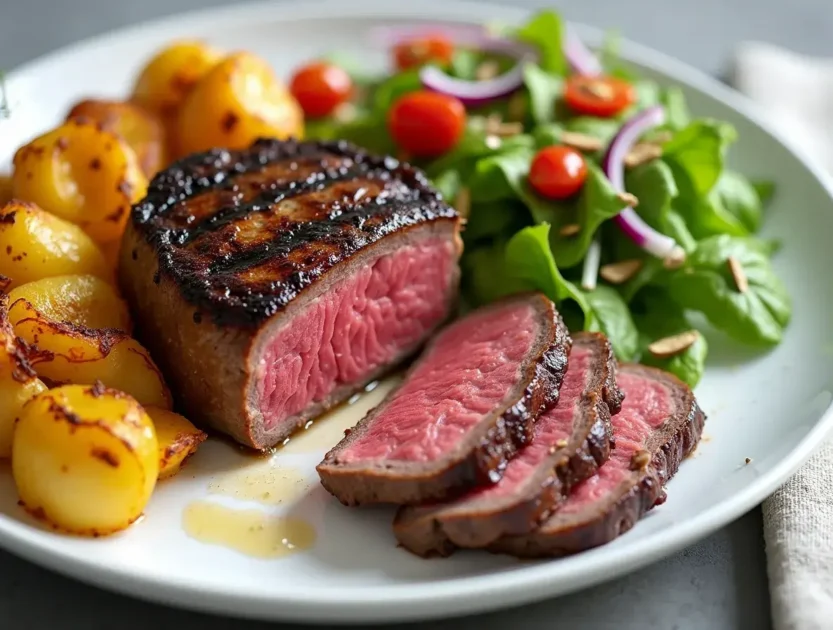
Delmonico Steak Recipe: The Best Juicy Steak Guide (2025)
Ingredients
Method
- 1. Remove steaks from the fridge 30–45 minutes before cooking to reach room temperature.
- 2. Pat the steaks dry with paper towels, then season both sides generously with kosher salt and black pepper.
- 3. Heat a cast iron skillet over high heat until lightly smoking. Add the oil and swirl to coat.
- 4. Place steaks in the pan and sear for 2–3 minutes per side until a crust forms.
- 5. Add butter, garlic, and rosemary or thyme to the pan. Tilt the pan and baste the steaks with the melted butter for 1–2 minutes.
- 6. Use a meat thermometer to check internal temperature (130–135°F for medium-rare).
- 7. Transfer steaks to a plate, loosely tent with foil, and let rest for 10 minutes.
- 8. Slice against the grain and serve with your favorite sides and sauces.

